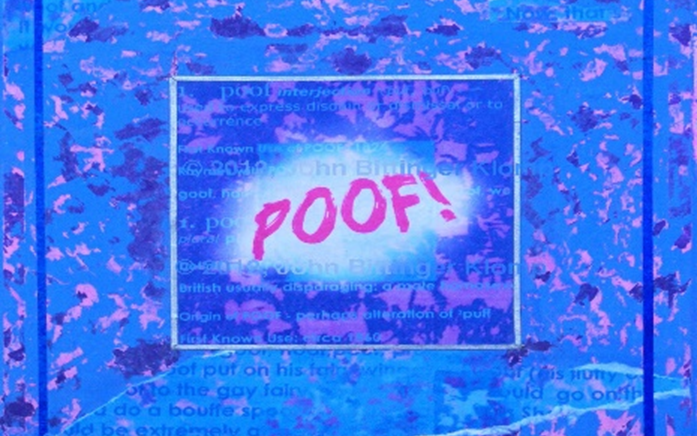It has happened to all of us.
We sit down to write something, and nothing comes. POOF! The inspiration that was right there in our minds a moment ago has vanished!
As the ominous blank page stares at us, we peruse the periphery of our mind wondering where all those brilliant ideas have flown—and what to write now that they are seemingly gone.
How do great writers get past the blank page?
For one thing, they have a writing process.
If you google “writing process,” the results include several forms of writing processes and writing stages, graphics of general writing processes and several guides and overviews. All are designed to spur us on to get past the dreaded blank page.
An article from Purdue Online Writing Lab, also known as the Perdue OWL, states:
Writing can’t be done without going through certain stages. All writers go through their own unique writing processes before they make their final drafts. Usually, writers start with choosing topics and brainstorming, and then they may outline their papers, and compose sentences and paragraphs to make a rough draft. After they make a rough draft, writers may begin revising their work by adding more sentences, or removing sentences. Writers may then edit their rough draft by changing words and sentences that are grammatically incorrect or inappropriate for a topic.
The following infograph from the University of Kansas outlines 8 steps of the writing process:

Now these processes, while they offer a lot of leeway in each phase, may feel stifling to some of us creative types.
So we recommend that you find what works for you, but still develop a process. Here’s an example:
In a recent Mercury Writers’ Guild meeting, the Guild hosted a public speaker who talked openly about her writing process. She shared how after researching and selecting a speech topic, she sits down to write her speech. Unlike other speakers, she doesn’t create an outline. She realized many years ago that she needs to get all her ideas out first, even if this results in an unnecessarily lengthy first draft. Then, she adds structure, rearranges sections, and eliminates unnecessary content. While this defies standard speech-writing processes, it’s a process that works for her. She flips the organizing and drafting phases and it helps her create effective and captivating speeches.
So, if you find a blank page ogling at you this month, don’t back down from the fight. Spit out an ugly first draft sans chagrin and worry about outlining, refining and revising later. Or try engaging in some stream-of-consciousness writing and see where it takes you.
The key is to just start somewhere. Anywhere. This month, give yourself permission to shift to a different part of the writing process and see what happens.
And if you already have a process that works for you, stick with it, even if it doesn’t conform to conventional writing wisdom.
Getting to that great final draft matters more than the process you choose to get there. Remember:
The journey of a thousand miles begins with a single step.
Lao Tzu


0 Comments